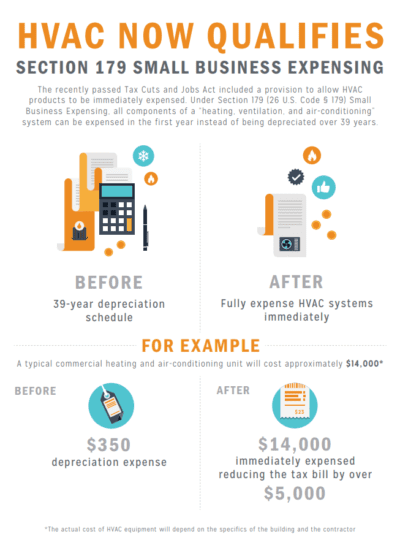Usual Mistakes To Prevent During Heatpump Setup
Usual Mistakes To Prevent During Heatpump Setup
Blog Article
Material Create By-McDougall Crosby
When mounting a heatpump, you must stay away from usual mistakes that might endanger its effectiveness. Forgeting correct sizing might result in inadequacies and greater utility costs. Overlooking insulation and securing could cause power waste and stress on the system. In addition, positioning the outdoor device improperly may influence its efficiency. By avoiding these mistakes, you can make sure optimum working and sturdiness of your heatpump system.
Improper Sizing of Heatpump
When it concerns the installation of heat pumps, among one of the most typical mistakes is poorly sizing the device for your room. Making sure the best dimension is important for optimum performance. If the heat pump is as well small, it will battle to warmth or cool your room efficiently, resulting in enhanced energy expenses and potential deterioration on the unit.
On the other hand, if the heatpump is also huge, it will certainly cycle on and off regularly, creating temperature level changes and decreasing its life-span.
To avoid this mistake, it's necessary to have a professional evaluate your area and suggest the ideal size of the heat pump based upon factors like square video footage, insulation, ceiling elevation, and local climate. By spending the time and effort to make certain the appropriate sizing, you can appreciate a comfy environment while making the most of power effectiveness and extending the lifespan of your heat pump.
Inadequate Insulation and Sealing
To make certain the reliable operation of your heat pump, it's essential to resolve inadequate insulation and sealing in your area. Proper insulation helps maintain a consistent temperature level indoors, reducing the work on your heatpump. Inadequate insulation can result in energy loss, making your heat pump work harder and much less effectively.
Sealing any type of voids or leakages in your area is similarly vital. These gaps enable conditioned air to get away and exterior air to seep in, compeling your heatpump to make up for the temperature changes.
Wrong Placement of Outdoor Device
Resolving the positioning of your heatpump's outdoor device is crucial to maximizing its performance. Installing air conditioning services in an incorrect place can lead to performance issues and possible damages to the device.
One usual error to prevent is putting the outside unit too near to a wall or other structures. This can restrict airflow, creating the system to work tougher to heat or cool your room, eventually minimizing its effectiveness and life-span.
https://thebestglasscleaner17394.vblogetin.com/36090140/if-you-see-strange-sounds-and-unpredictable-temperature-modifications-it-might-recommend-that-your-heat-pump-is-experiencing-concerns-act-to-examine-these-indications-prior-to-they-turn-into-larger-problems to avoid is placing the outdoor unit in straight sunlight. While some sunshine is unavoidable, excessive direct exposure can cause overheating, particularly during warm summer days. It's ideal to position the outdoor unit in a shaded location to aid preserve its optimal operating temperature.
Additionally, ensure that the outside device is placed on a steady and level surface. Uneven ground can create resonances and unneeded stress on the system, impacting its efficiency over time.
https://zanesbkta.blogscribble.com/30560602/evaluating-the-performance-and-expenses-connected-with-air-source-and-geothermal-warmth-pumps-will-certainly-help-you-in-determining-one-of-the-most-suitable-selection-for-your-house , staying clear of typical mistakes throughout heat pump installation is necessary for optimizing performance and durability of your system. By guaranteeing correct sizing, appropriate insulation, sealing, and proper positioning of the outdoor system, you can prevent problems such as inadequacies, boosted power bills, and stress on the unit. Putting in why not look here to address these vital variables will eventually conserve you money and time in the long run.
